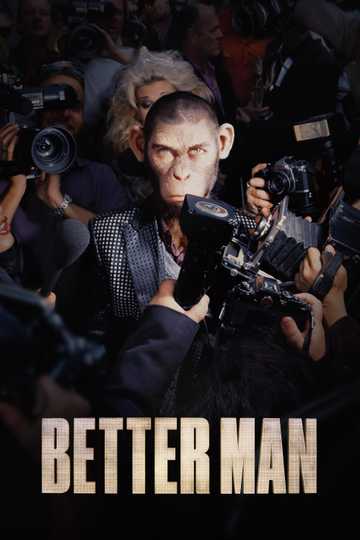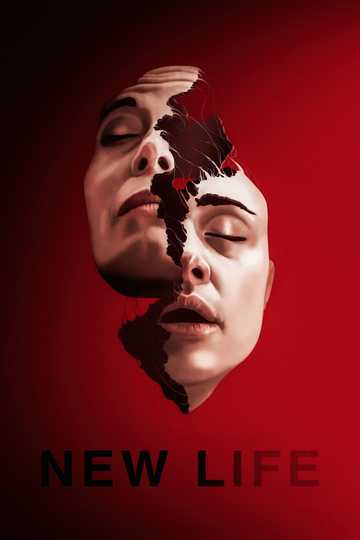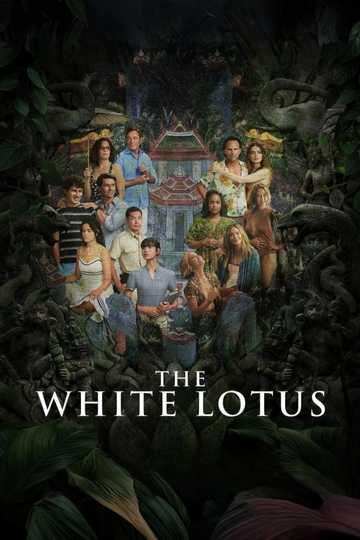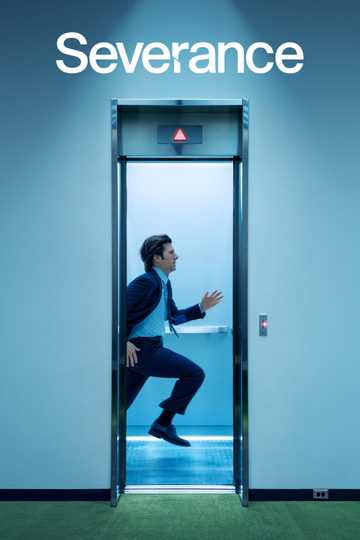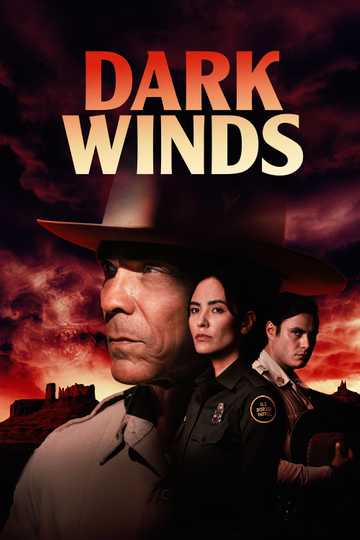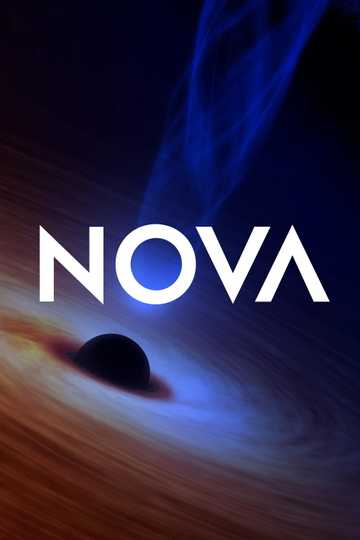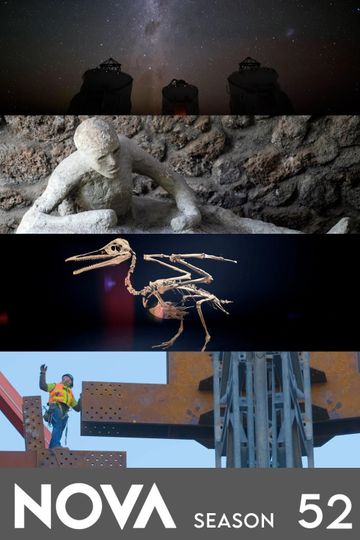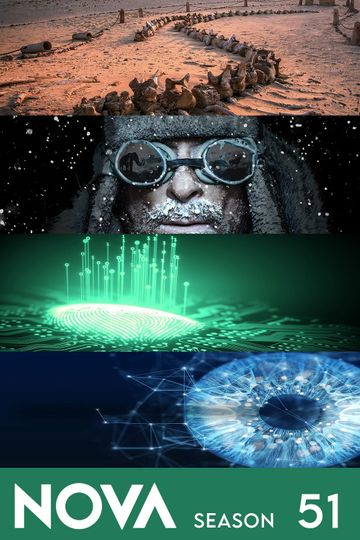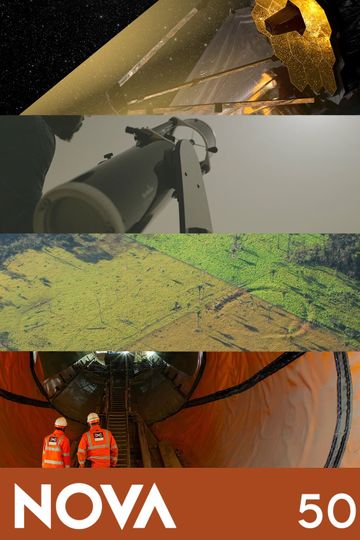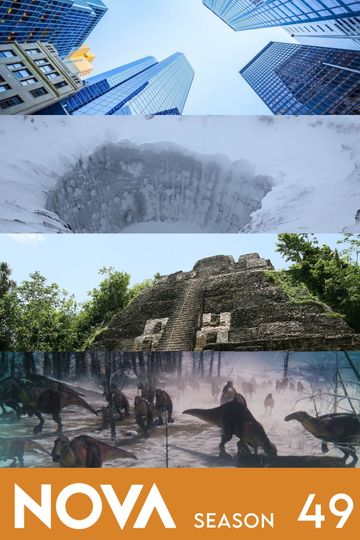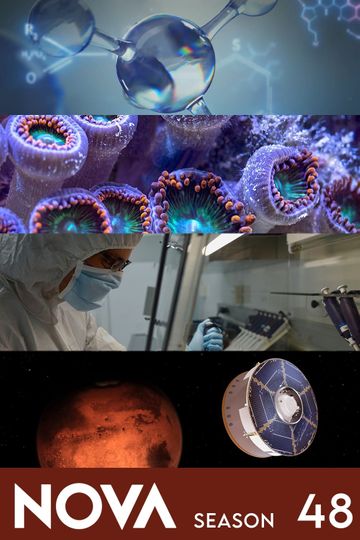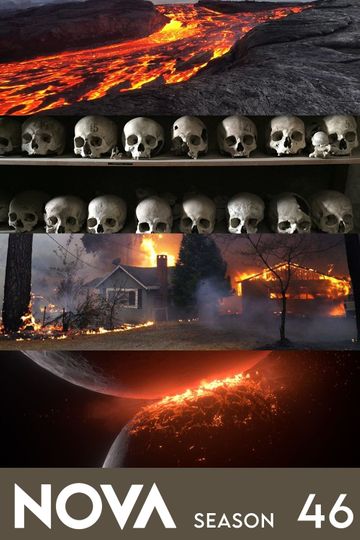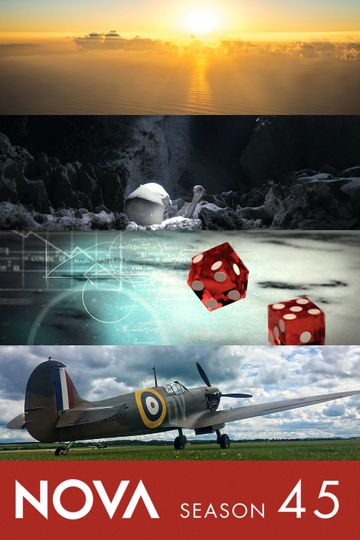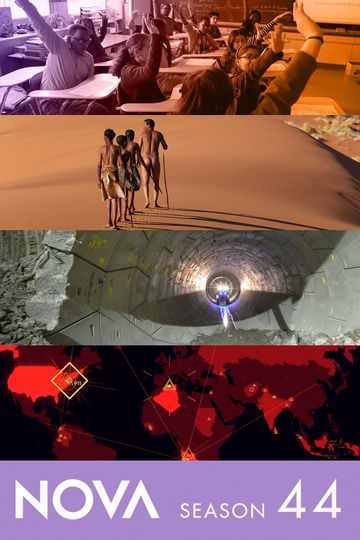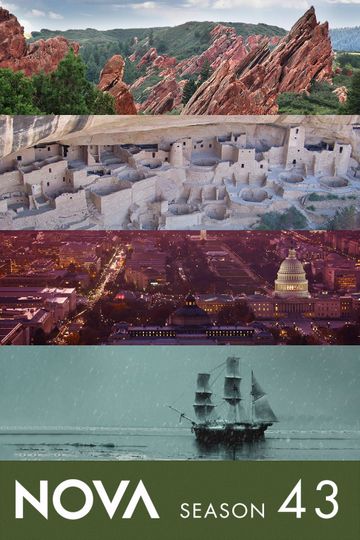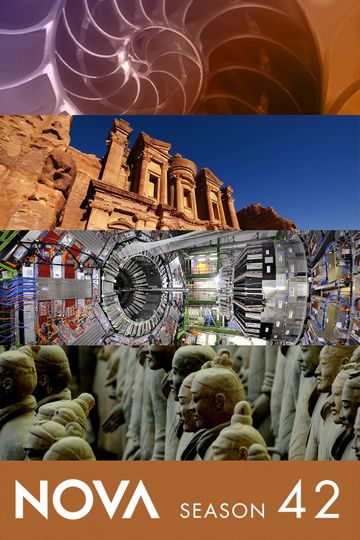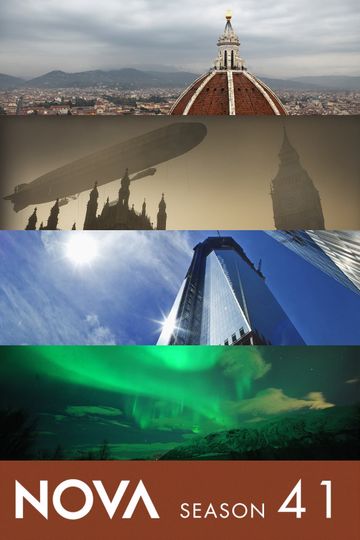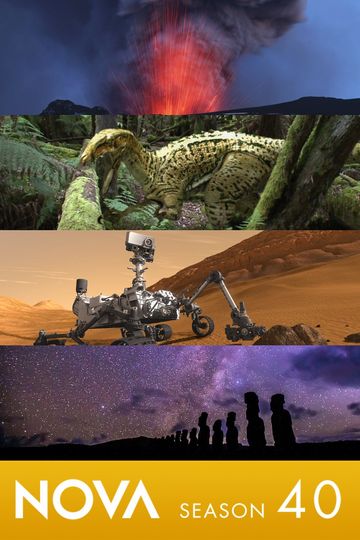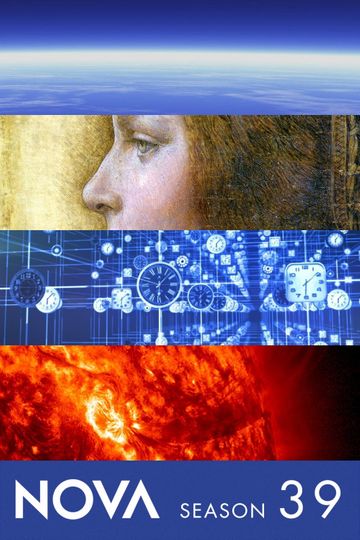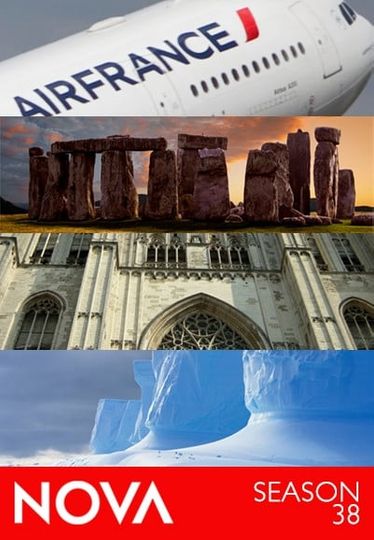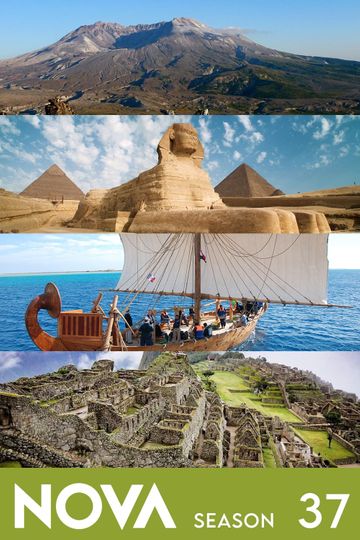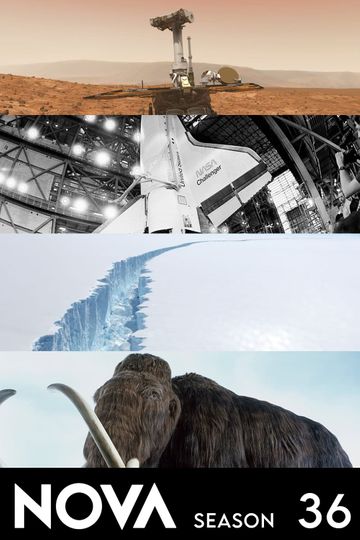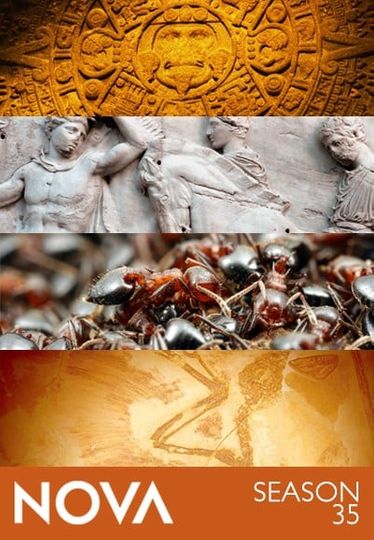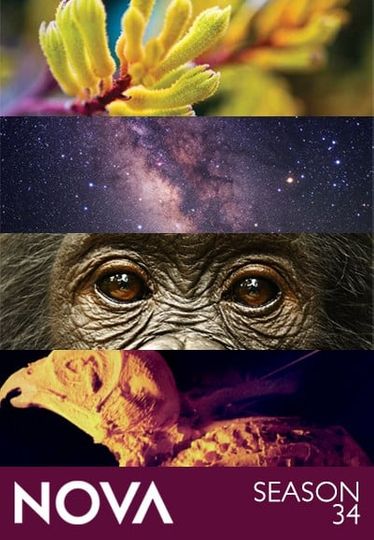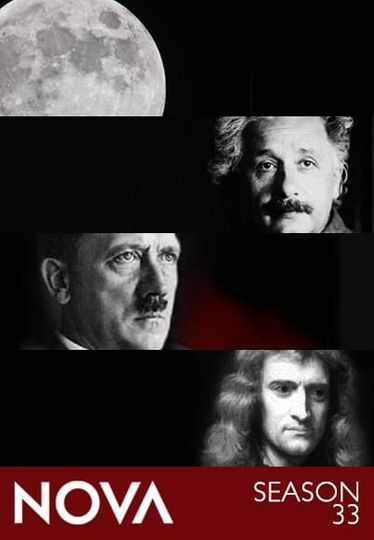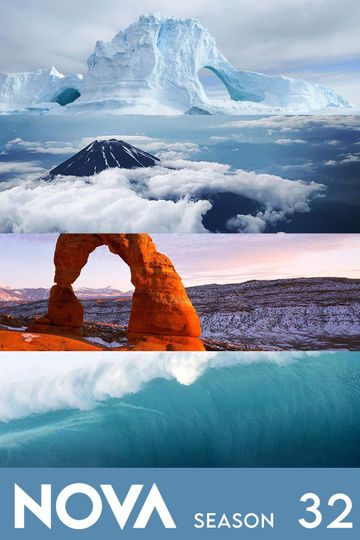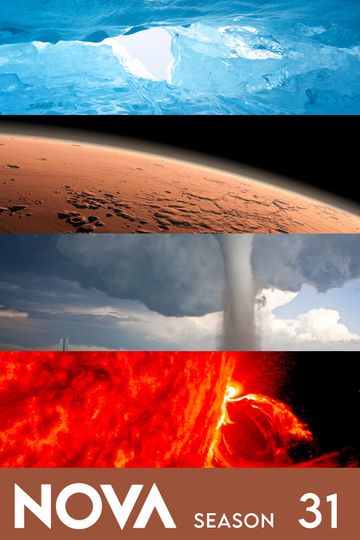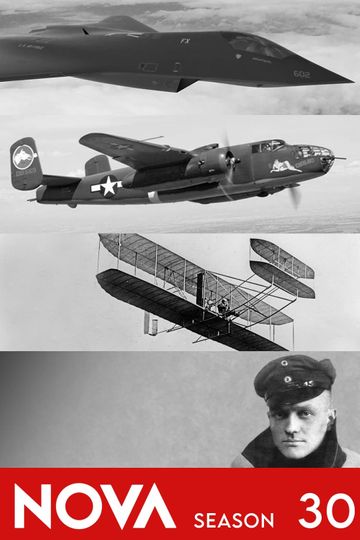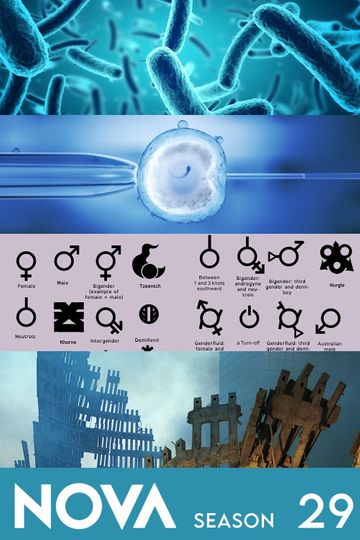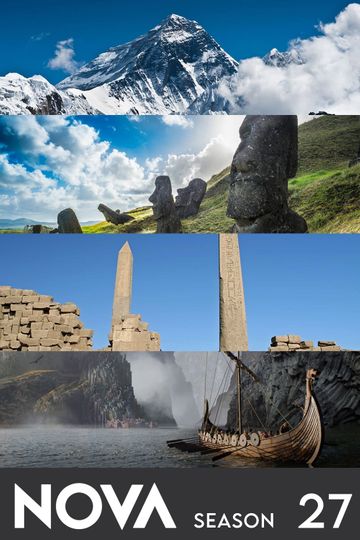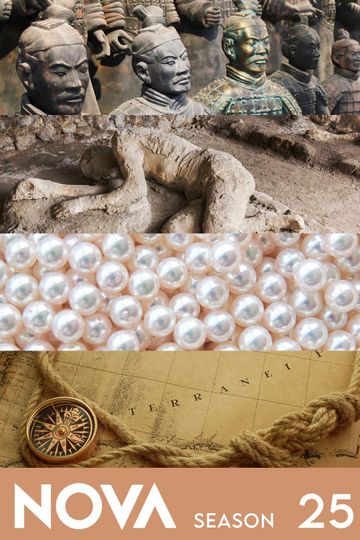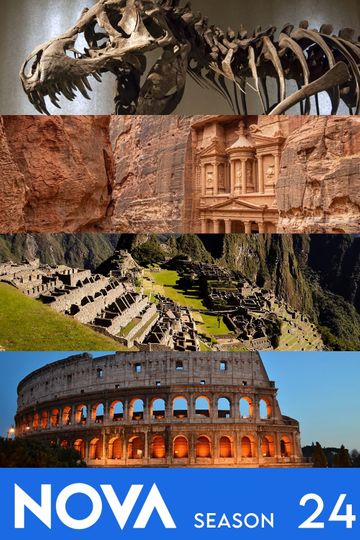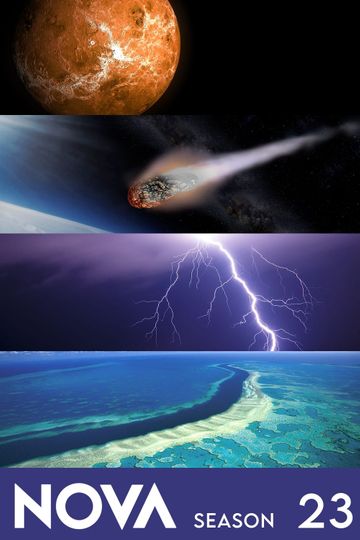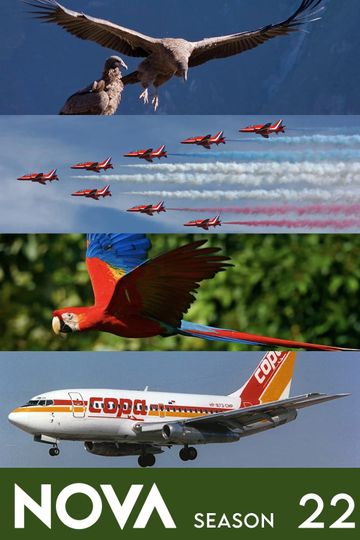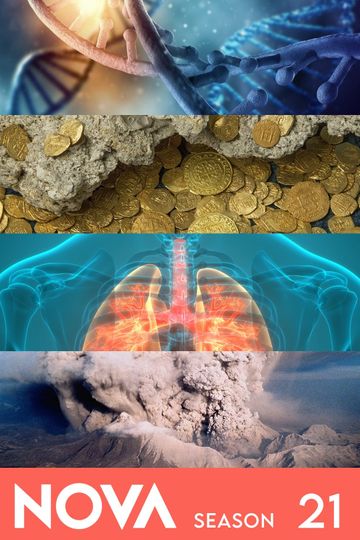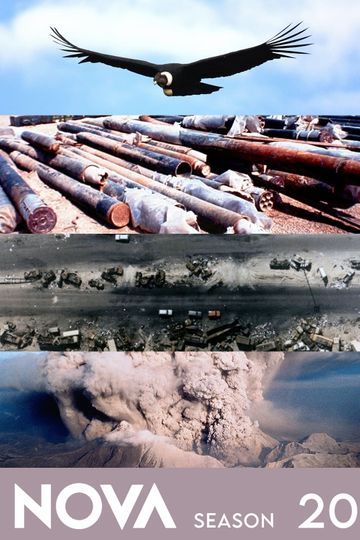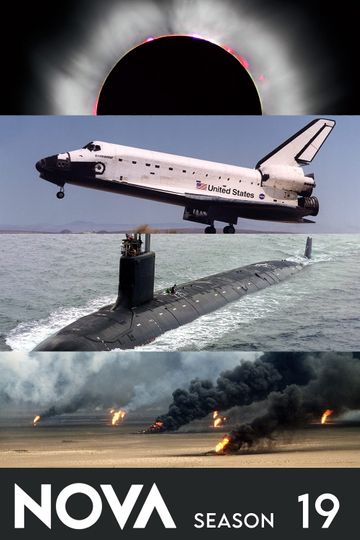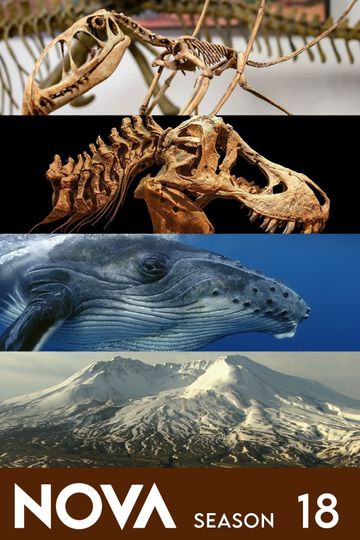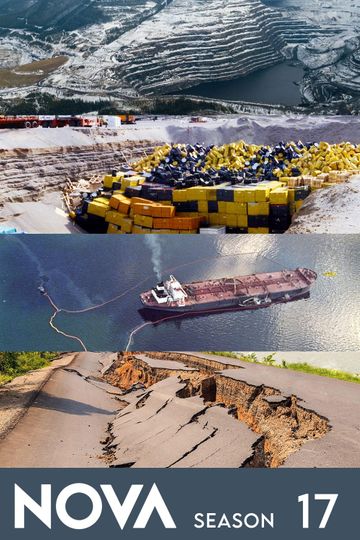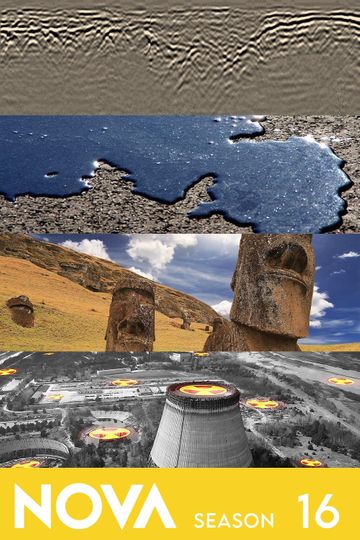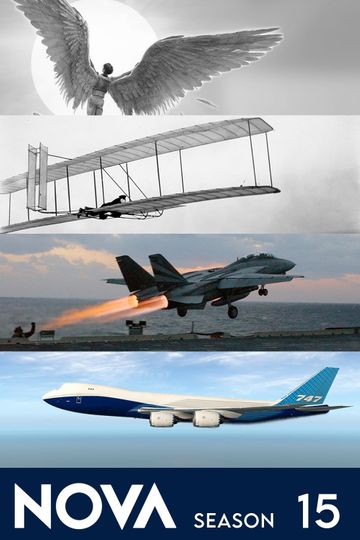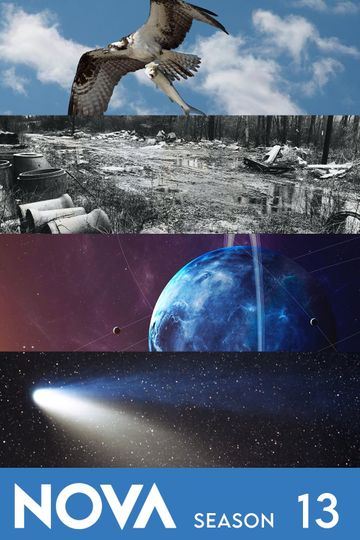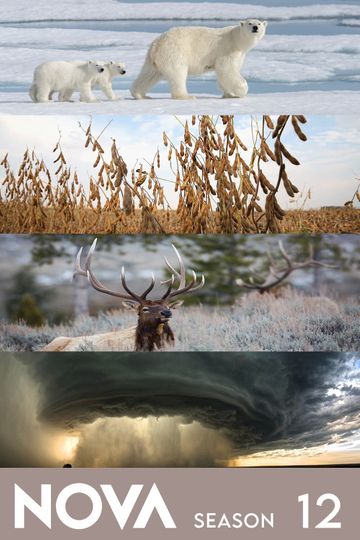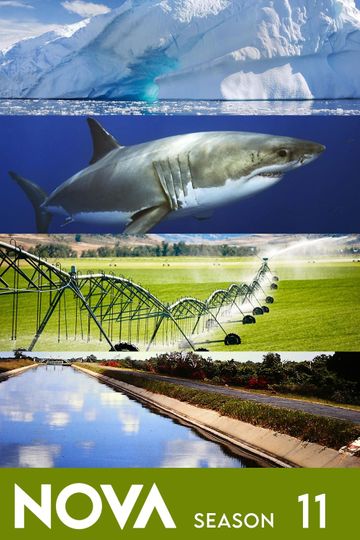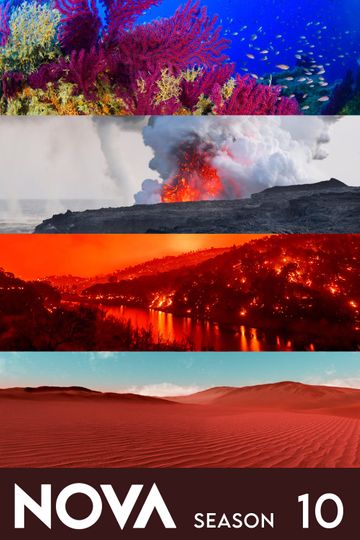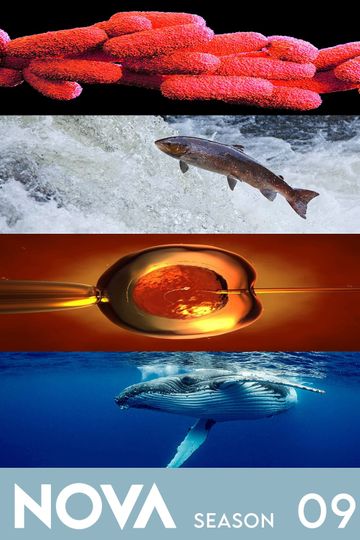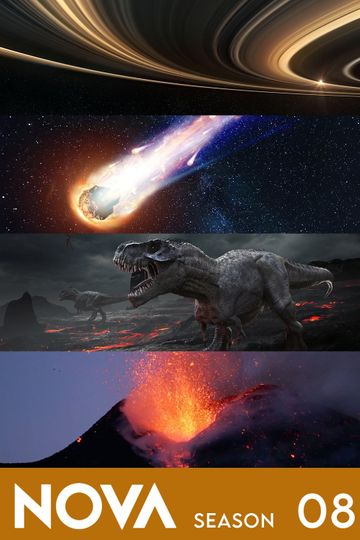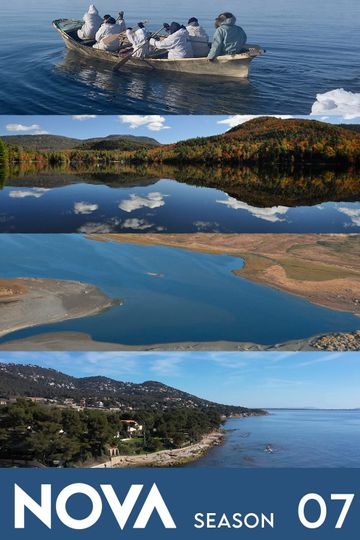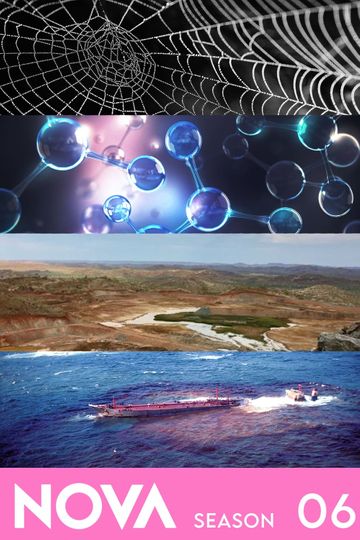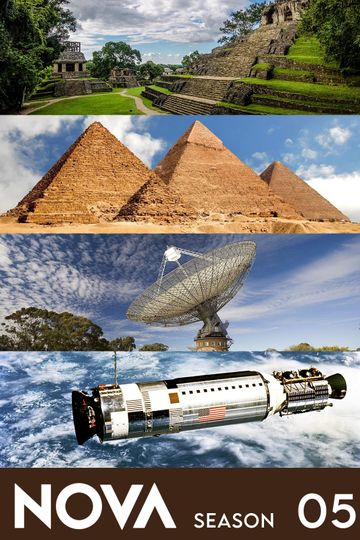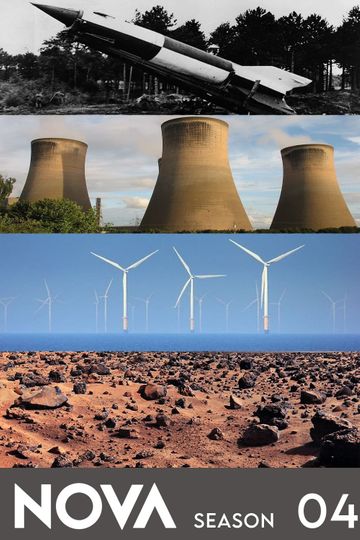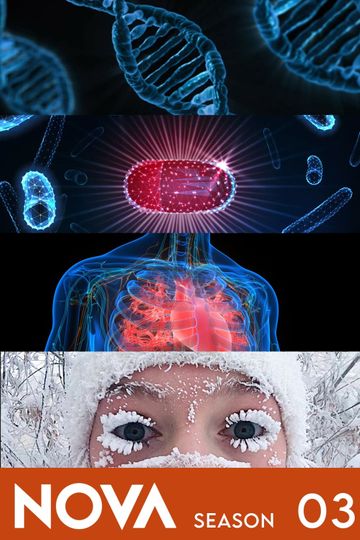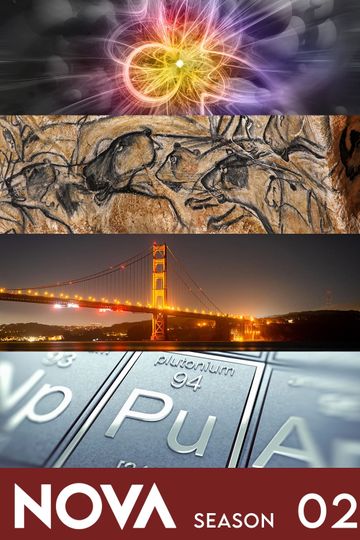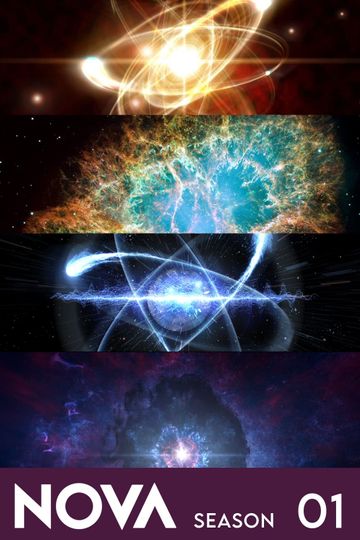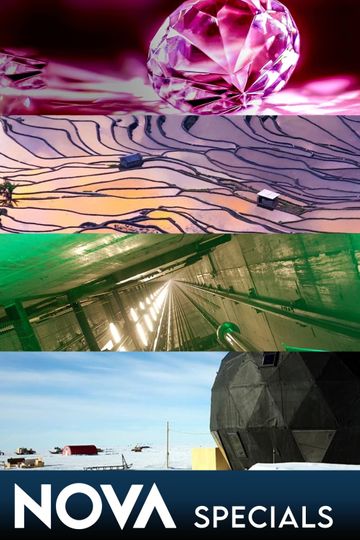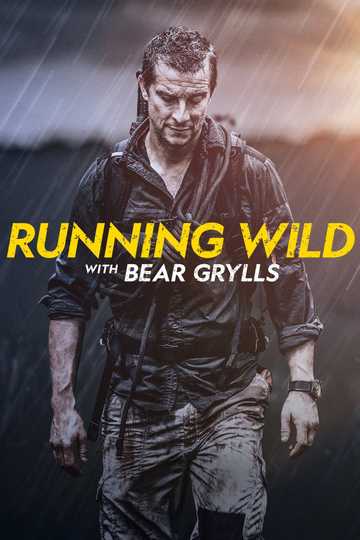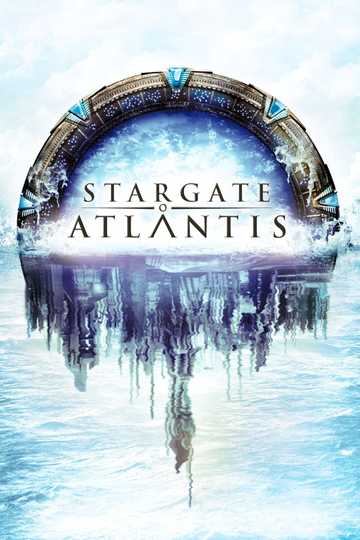Season 5 Episodes
1. In The Event of Catastrophe
Can a nuclear war be survived? Some members of the defense community say yes. NOVA explores the possibility.
2. The Green Machine
Botany is a neglected science and plants are all around us, but unfamiliar. NOVA examines our state of knowledge of how plants work: growth hormones, responses to light and shade, photosynthesis, root mechanisms and twining responses.
3. Blueprints in the Bloodstream
It has been known since the turn of the century that there are four human blood groups, based on different red cells and serum characteristics. NOVA looks at the more recent discovery that the different white cell types, as determined by a variety of different molecular markers on the cell surface, open up the possibility of the prevention of disease.
4. One Small Step
Part one of a two-part series on the subject of man in space, NOVA examines the history of NASA—from the origin of the space race through the triumph of the Apollo programs. By tracing the history of three key programs—Mercury, Gemini, Apollo—we show how the basic challenges surrounding space flight were answered: rendezvous and docking, life support, weightlessness, space sickness, equipment reliability and so on.
5. The Final Frontier
Second of the two-part series on space programs, NOVA looks ahead to the future, post-Apollo and the role that man in space will play, including the possibility of space colonization—huge orbiting space stations where people live and work in an earth atmosphere under artificial gravity.
6. BaMiki BaNdula: Children of the Forest
In the rain forests of Zaire, in the heart of Africa, live the Mbuti Pygmies. The Pygmy way of life has always been extraordinarily difficult to capture on film, though many have tried. NOVA presents a rare portrait of an elusive people, made by an independent filmmaker who lived with the Pygmies and won their trust.
7. Trial of Denton Cooley
In a dramatic docudrama, NOVA reconstructs the controversial lawsuit raised against renowned heart surgeon Dr. Denton Cooley when one of his patients died after heart surgery, and examines the legal and moral issues this raises in the practice of modern medicine.
8. The Great Wine Revolution
A science-based revolution in the making of wine is underway. NOVA traces the secrets of the aging process and science's involvement with the predicting of mass production high-quality vintage wines.
9. The Case of the Ancient Astronauts
NOVA investigates the theories of von Daniken and others that the Earth has been visited by intelligent beings from outer space. Among claims examined are: that the building techniques used in the Great Pyramid of Cheops are so advanced that only an extraterrestrial intelligence could have built it; and that the engraved stones of Palenque in Mexico depict an ancient astronaut at the controls of a space rocket.
10. The Mind Machines
Today's scientists may be creating their own successors. Work being done in Artificial Intelligence (AI), a branch of computer science, only suggest that in the not too distant future, machines will outpace their creators. NOVA examines the possibility.
11. Icarus' Children
In the summer of 1977 Paul MacCready, a California scientist and businessman, won the coveted Kremer Prize. His achievement was to design and build an airplane which completed, unaided, a one-mile figure-eight course entirely under the power provided by the pilot himself. This is the story of those many failures and MacCready's success.
12. Still Waters
NOVA shows a year in the life of a beaver pond and includes almost every life form that exists in, on, under, around and above the water, from the microscopic plant life of summer to the eagles feeding on carcasses of deer that collapsed on the winter ice.
13. Battle for the Acropolis
The fortified plateau above Athens known as the Acropolis is the site of some of the most remarkable architecture in the world: its marble structures built in the fifth century BC, including the renowned Parthenon, represent the artistic peak of classical Greek architecture. NOVA examines how the heavily polluted air of Athens produces acid rain which is dissolving the marble sculptures and columns; and how iron tiles used extensively in repair 40 years ago are now rusting, expanding and shattering the stone structures.
14. The Road to Happiness. : The Life and Times of Henry Ford
Henry Ford, a great friend of Edison, was a film enthusiast who amassed some one and a half million feet of film during his lifetime. Deposited in the National Archives and known as the Ford Film Collection, it covers not only the Ford family and Ford Motor Company but also contains newsreels, and general films produced under Ford. Using the Collection, NOVA profiles Ford's life and times.
15. Laser : Light of the 21st Century
When first invented 18 years ago, lasers were called "a solution looking for a problem;" nobody could think what to do with them. But in fact research scientists immediately began to exploit their pure colors and near-perfect focusing ability. Today lasers have grown into a billion-dollar business. They are used in construction, manufacturing, clothing, dentistry and medicine. And the future uses of lasers are likely to be of major significance as the means of achieving nuclear fusion and as a very high efficiency communications medium.
16. Insect Alternative
In a world that each year loses up to 40 percent of its crops to insects, some form of pest control is desperately needed. But chemical pesticides have backfired. Pesticide-resistant insects frequently develop, and previously harmless insects have become devastating infestations. Farmers have found themselves trapped on a "pesticide treadmill"—the more they spray, the more they have to spray. NOVA examines several alternatives for pest control.
17. The Desert's Edge
For thousands of years people have managed to live in deserts all over the world. But in recent years, a growing population and the demands of the international market have put more stress on these poor and easily exhausted lands. NOVA examines the consequences and possible solutions to desertification.
18. The Tsetse Trap
NOVA explores Bovine sleeping sickness. Spread by a fly, it is a deadly disease that poses a threat to Africa's cattle.
19. Memories From Eden
Traditionally zoos were designed neither for people nor animals; barred cages taught people more about their separation from nature than about an animal and its habitat. But just as man has realized that he has all but destroyed much of the world's wilderness and its wildlife, he is realizing that the zoo may be the last refuge for wildlife. NOVA visits several United States zoos to examine a variety of activities of concern today: breeding, public education, creative new animal habitats, and the reintroduction of animals to their natural environment.
20. A Whisper from Space
In 1965, Arno Penzias and Robert Wilson, two radio astronomers at Bell Telephone Laboratories, discovered faint, but ever-present, microwave signals from space—the most ancient and most distant signals detected by man: the oldest "fossils" in the universe. NOVA explores the current surge of cosmological discovery that continues to aid scientists in the "cosmic archaeology" of digging into the history of the universe.
21. Alaska: The Closing Frontier
Congress is currently considering a proposal that would double the size of America's national park system by designating a sizeable chunk of Alaska as off-limits to developers. NOVA explores the public debates on Alaska, such as the construction of the oil pipeline—a proposal that has sparked a bitter controversy between conservationists and developers.
